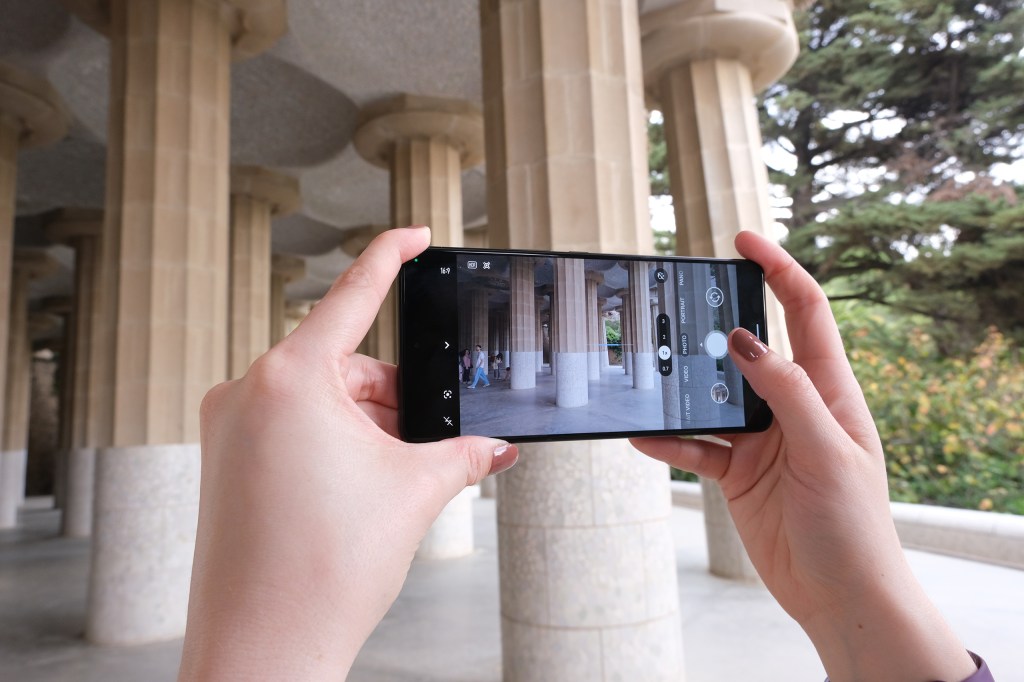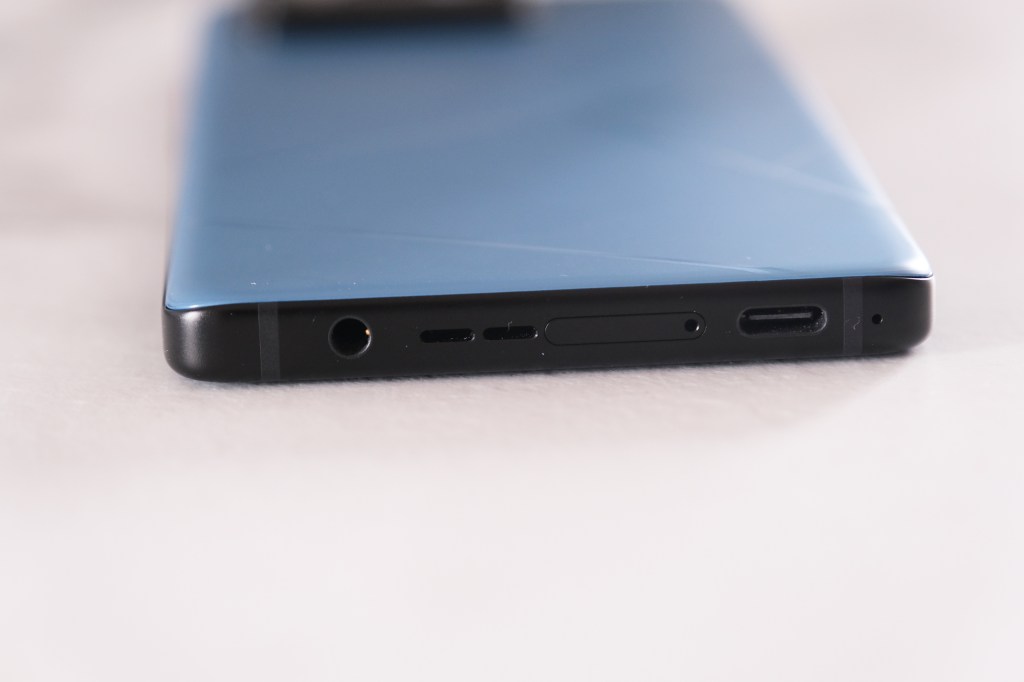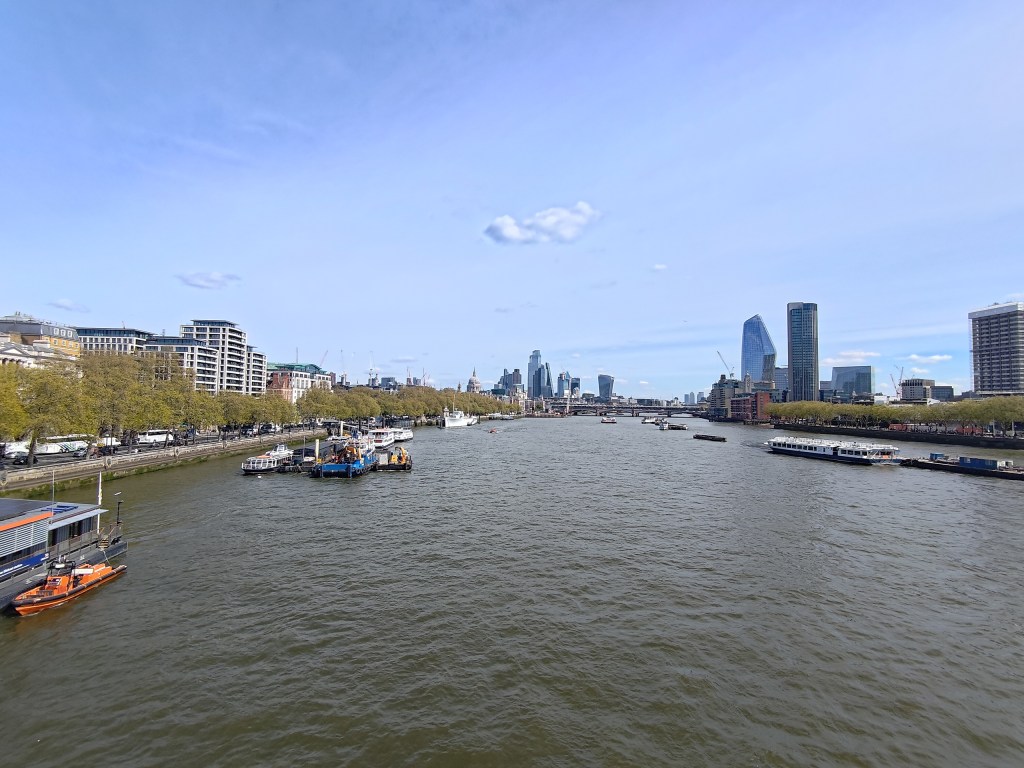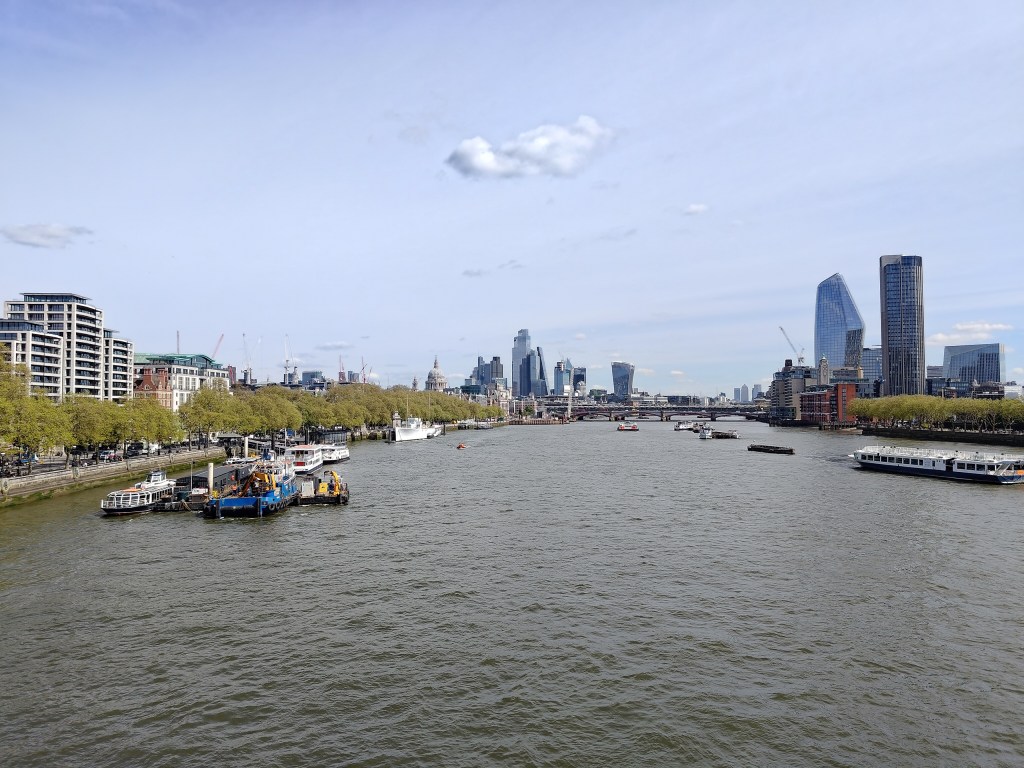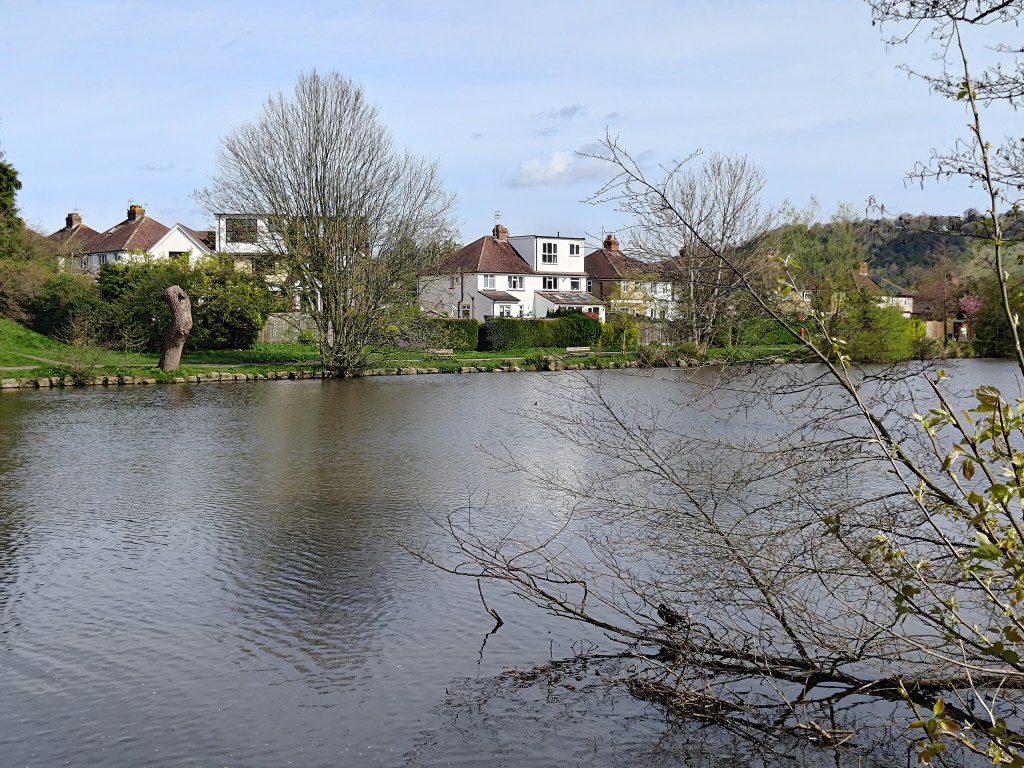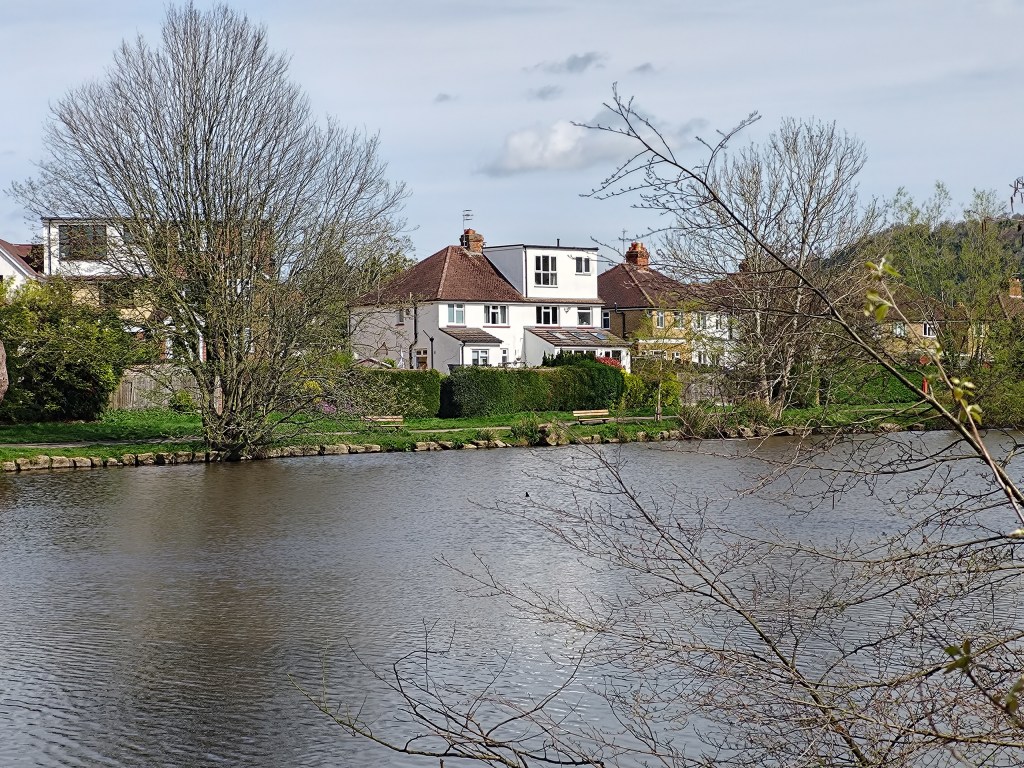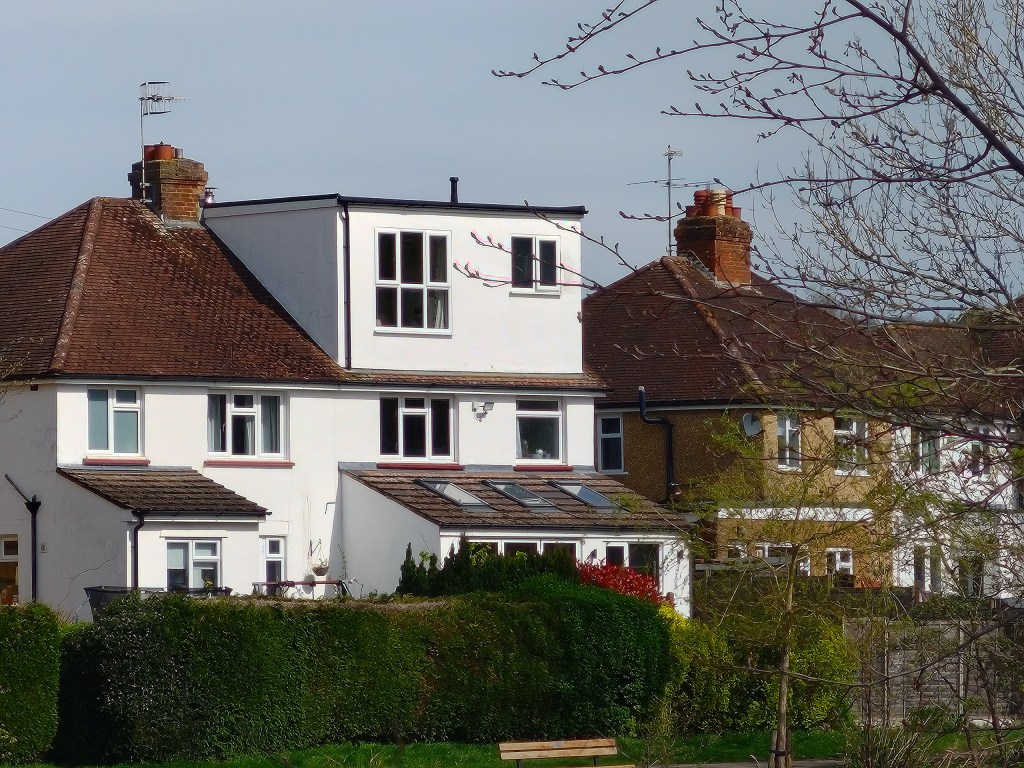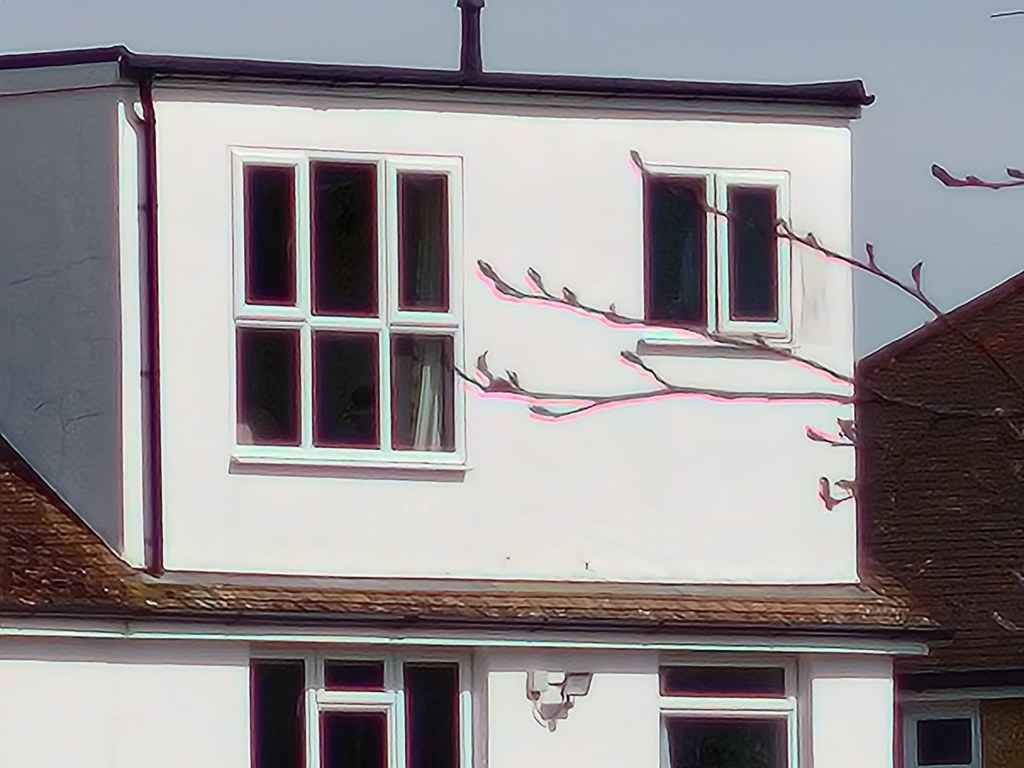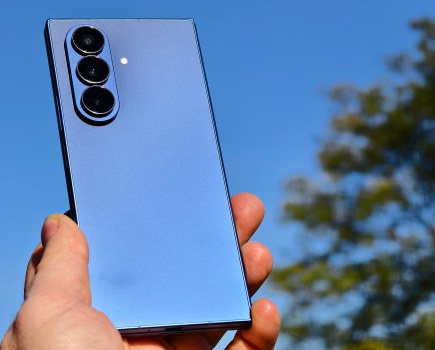Amateur Photographer verdict
The ASUS Zenfone 11 Ultra produces good images and video. Stand out features include its battery life and stabilisation.- Sleek design
- Larger batter than some competitors
- Excellent stabilisation system
- Still no macro mode
- Bad zoom
- Breaks away from compact USP
Typically known for a wide range of computer products, Taiwanese brand Asus have also been dipping their toes into the handheld mobile devices for a while now, having released their first Zenfone in 2014. The new ASUS Zenfone 11 Ultra has the potential to have big, ultra flagship energy and make our line-up of best camera phones. Read on to see if it lives up to it.
At a glance:
- 50MP main camera, f/1.9, 2x lossless zoom
- 32MP Telephoto camera, 3x telephoto zoom
- 13MP Ultra-wide camera,120° field of view
- 32MP selfie camera, HD
- Sony IMX890 Sony® IMX890 50 MP 1/1.56” large sensor size, gimbal OIS
- 6.78-inch 144 Hz AMOLED display enhanced by Pixelworks technology
- Bigger 5500 mAh battery capacity
- Qualcomm Snapdragon 8 Gen 3, SM8650, Qcta-core CPUs, 3.3GHz Qualcomm Adreno 750
- Quad Bayer technology – 12.5 MP, 2 µm large effective pixel size
- Weighs 225g, 163.8×76.8×8.9 mm
How we test smartphones
We review smartphones from the perspective of choosing a smartphone for its photography and camera performance, so we’ll be starting by looking at what the ASUS Zenfone 11 Ultra offers in terms of cameras and what features are included for photography and video.
The Asus Zenfone 11 Ultra is the latest smartphone in the ASUS Zenfone flagship series, which is packed with AI features designed to enhance user experience. The 12 GB RAM and 256 GB storage option is available on the market at $899.99 / £869.99 and the 16 GB RAM and 512 GB option in the UK is priced at £949.99. The phone comes in four colour options, Skyline Blue, Eternal Black, Misty Grey and Desert Sand. The phone’s back cover features a mirror-finish ASUS 30th anniversary logo on a matte finish.
Asus Zenfone 11 Ultra: Features
We weren’t overly impressed by the ASUS Zenfone 10 in our review, and since then, ASUS have made some changes and improvements for the 11 Ultra.
It’s worth nothing that there isn’t a standard version of the Zenfone 11. This is the first time Asus has released an Ultra in the Zenfone range – which suggests bigger and better.
The new phone now has a triple camera set-up. On the back it sports a main 50MP Sony® IMX890 1/1.56” sensor with 24mm F1.9 lens with gimbal OIS and a 13MP 120° ultra-wide camera (12.7mm equivalent and lacks autofocus). A new 32MP F2.4 telephoto camera has been introduced to the set-up and offers 3x optical zoom, with built-in OIS (65.3mm equivalent). The 32MP selfie camera on the front remains the same (22mm equivalent).
The main rear camera can shoot up to 8K video at 24 fps, and 4K at 60fps in standard video mode as well as Time Lapse and Slow Motion. It is supported by a 6-Axis Hybrid Gimbal Stabilizer 3.0, HyperSteady video stabilisation and OZO Audio-powered 3D surround-sound recording. Stability and steady footage clearly take priority and work really well in video. There isn’t any upgrade in the megapixel count from the main camera but video recording in 1080p has increased from a 60fps max to 240fps.
The front camera uses pixel binning to give 8MP images and can still only record up to 1080p FHD at 30fps and 720p HD at 60fps. Which is quite a difference from other flagships like iPhone 15’s and the Google Pixel 8’s 4K recording. Even the latest TECNO, Vivo and Motorola phones for example, which are noticeably cheaper, have a 50MP sensor with autofocus, eye-tracking and other higher spec features.
The camera app
The ASUS Zenfone 11 Ultra camera system was described in the launch announcement as “extraordinary, redefining smartphone photography and videography.” Like other Android phones, the native app in the ASUS Zenfone Ultra is well-featured, with a range of shooting modes. But it still doesn’t support the standard features like macro that most budget and premium phones have. Macro mode hasn’t been seen in the Zenfone range since the Zenfone 9 model. So, what exactly is this phone redefining?
Photo features are the same as the Zenfone 10. There is Light Trail, Night, Pro, Panorama, Portrait, Slow-motion and Time-lapse modes. There are also video and Pro video modes. In the Pro mode you can adjust exposure compensation, shutter speed, ISO, white balance, AF mode and metering.
Light trail includes options for traffic trails, light graffiti, waterfalls, flow of people, and star trails. Star trails can be set to a duration of 30 minutes up to 4.5 hours. The camera also allows for long exposures up to 35 seconds.
AI features
The ASUS Zenfone 11 Ultra incorporates ASUS AI Algorithms, which was one of the key talking points around this phone.
| AI Portrait Mode | Portrait Video uses an AI algorithm for a natural depth-of-field effect. |
| AI Object Sense | Recognises and optimises various objects. |
| HyperClarity | Activated during zooming, is meant to significantly increases image clarity, reconstructing images and adding details based on AI recognition. |
| AI Noise cancellation | This identifies and suppresses disruptive background noises, such as traffic or ambient sound in cafés. |
| AI Call Translator | Speak in your native language, and AI translates your words into text and voice for the person on the other side of the phone, also vice versa. |
| AI Transcript | This is a AI personal stenographer that recognises your call recordings and transcribes them to text in real time, and creates summary notes. |
| AI Wallpaper | The AI wallpaper, powered by Qualcomm’s NPU, instantly crafts a personalised image is said to truly reflect your individuality. |
ASUS Zenfone 11 Ultra: Hardware and design
The past few generations of ASUS’s Zenfone range have previously focussed on being compact and pocket sized, but the Zenfone 11 Ultra seems to break this mould by abandoning the sub-6-inch size. The front of the phone is Gorilla® Glass Victus™ 2 glass with a large 6.78inch SAMSUNG AMOLED screen. Combined with a larger body, it also weighs more than previous versions (53g more than the ASUS Zenfone 10). It does feel quite large to hold, especially in smaller hands and when placed inside a Rhinoshield SolidSuit case.
The screen is only 2400 x 1080 resolution, but it looks great. With a peak brightness of 2500 nits, it certainly is brighter than a lot of budget phones out there and even in bright sunlight the screen is easily readable.
I find the phone’s design and aesthetic very stylish. The Zenfone 11 Ultra is a champion of sustainability, with the frame being made of 100% recycled aluminium and glass composed on one-fifth recycled glass. Plastic used in packaging has been reduced by 94%.
The phone has IP68 dust and water resistance, which means it should be protected against effects of immersion in water, which is the same rating as some premium flagships.
The body contains a 3.5mm headphone jack, LED flash with the rear cameras and, capability for USB-C (Quick Charge) and Qi.3 wireless charging. It also supports 2.4GHz/ 5GHz/ 6GHz WiFi and Bluetooth® 5.4 connectivity, and Dual-SIM. Processor performance has also improved, with the latest Snapdragon 8 Gen 3 processor.
The battery life is great and lasts all day even with rigorous use of the camera for photos and videos. Being a massive 1200mAh larger than the Zenfone 10’s 4300mAh battery, and its 65W HyperCharge12 support significantly reduces charging time.
ASUS Zenfone 11 Ultra: Image quality and Performance
In many situations, the ASUS Zenfone 11 Ultra takes great photos, with well-balanced colours in most cases. In bright sunny conditions there are some cases where images are too saturated, particularly if there is green grass, clear blue sky and other subjects with bright colours (e.g. flowers) involved.

The 13MP F2.2 ultra-wide camera also produces great-looking images that aren’t far off from the main camera. Though in some cases, the same images look slightly more saturated.
The new telephoto lens captures rather low-resolution images and I have found the zoom itself to be very poor and I’m disappointed. It has 3x optical zoom with optical image stabilisation, images are reasonably ok and don’t lose too much detail. But once you start reaching between 10x zoom, and beyond, the quality is inconsistent, and the phone really struggled. The results created are heavily processed images that have no sense of clarity or detail. You could say it’s a more budget to mid-range attempt compared to the other flagship phones on the market right now. Particularly from the likes of Samsung S24 Ultra, the zoom on the Asus just doesn’t compare.
The same can be said about the Portrait mode. The results are also poor. You can use up to 2x zoom and change the f/ stop for depth of field which adjusts the amount of background blur, but behind the subject becomes heavily blurred and rather unnatural regardless of the f/stop.
When it comes to other features, like the Light Trail features: Flow of People, Traffic Trails etc, these were fun to play with, and results work quite well. Users can probably spend a lot of time refining how they use these to get the most out of them and the look they want by adapting the exposure length and so on.
I also really like is the front camera’s ability to automatically expand its field of view (by nearly 90°) to include multiple people or more subjects in the frame. Selfie results are actually pretty good and capture a lot of detail.
In terms of video, footage is very smooth. HyperSteady mode is only available in 1080p, but for 4K and 8K recording, Adaptive stabilisation is available and this adjusts the stabilisation according to the shaking of the phone.
Verdict
For the price there are certainly going to be better alternatives out there, and unfortunately it doesn’t really compete with the other ‘Ultras’, let alone standard flagships on the market.
Overall, the phone produces good images and video. But it is clear where all the resources have been put: hardware, AI and stabilisation, without much consideration for processing and image quality.
The battery is great, the screen looks great, stabilisation works well and the AI features have their place. But, for roughly $200/£100 more than its predecessor, I think ASUS has once again taken another swing and miss with this, let’s hope any future editions revisit some of the key camera features and their quality to bring this all together.
It’s certainly not a stand-out phone for photographers.

Follow AP on Facebook, Twitter, Instagram, YouTube and TikTok.




